Looking for the best small SUV to buy in Australia? You’ve come to the right place. We’ve cast a considerate eye over the huge number of small SUVs currently available in Australia to determine which are the best, and ultimately, which are the coolest.
Small SUVs are fast becoming the most popular category of vehicle for Australians, and it’s easy to see why. The vast majority of small SUVs will have high roofs and low floors, so packing stuff into the back, or the kids into the rear seats, is struggle-free. And, while most probably won’t be able to truly venture off-road (let’s be honest, your vehicle will probably only ever stray from the tarmac a handful of times) they will at least offer some extra ground clearance, should you feel adventurous.
So, which are the best small SUVs Australia plays home to? We’ve rounded up seven top-performing models, hailing from a variety of countries including South Korea, Japan, Germany and France. All of these small SUVs offer fantastic looks and great drive quality, along with a few extra niceties to help convince you to part with some cash.
In this best small SUV Australia story…
Audi Q3 Sportback
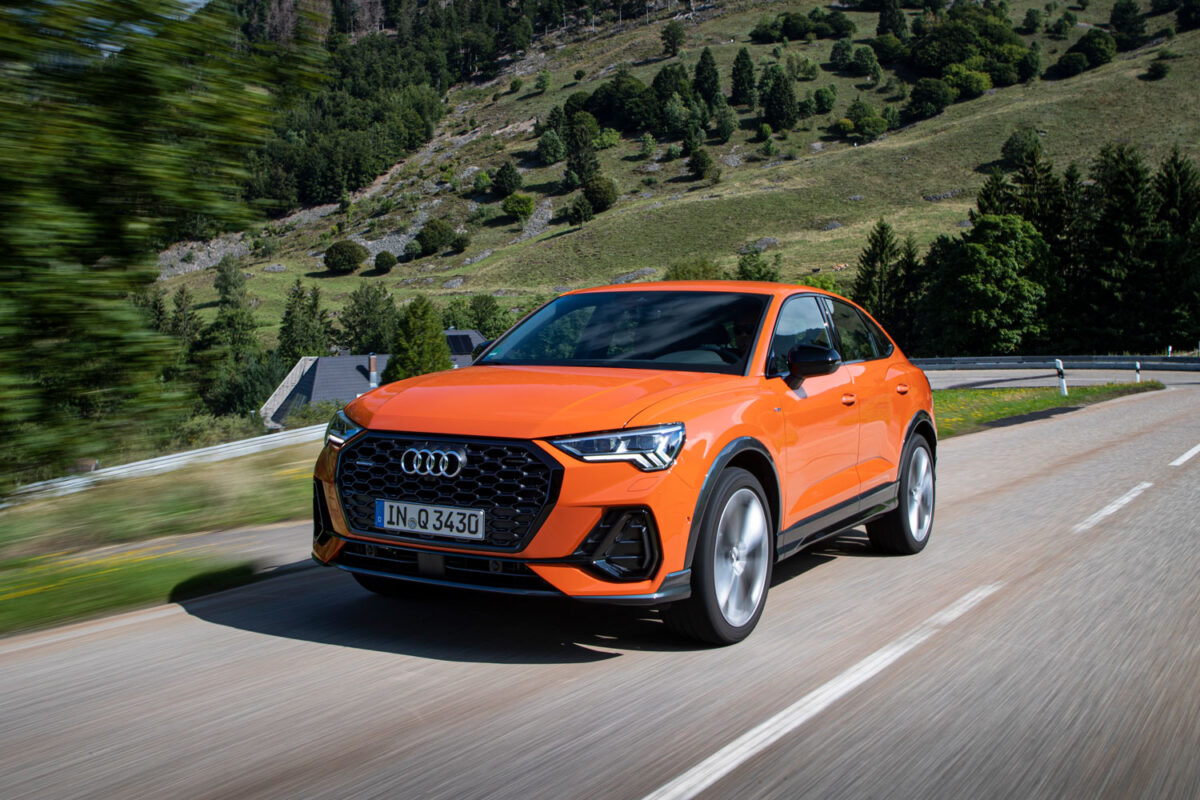
Fuel Economy: 7.2 – 8.2L/100km
Price: From $58,195 Driveaway
Of the ‘big three’ German car manufacturers, it’s Audi that gets rewarded with a space on this list for the Q3 Sportback. The sleeker, more streamlined sibling of the regular Q3, the Sportback sees the roofline taper at the rear. It also gains a longer, lower and wider body than the standard Q3.
A sedan on stilts it is not, however, as the Q3 Sportback still functions as a commendable small SUV and one that gives you a luxurious experience inside, along with plenty of equipment as standard. Such equipment includes a suite of driver aids, 20-inch alloy wheels, an electronic tailgate, a push-button start and wireless Apple CarPlay.
You may also assume that the sloping roofline would eat into the cargo space, but you’d be wrong. The Audi Q3 Sportback actually offers the same 530-litres of space as the regular Q3, and this increases to 1400-litres with the rear seats folded down.
And you’re going to want to pack it up and take it on a serious drive, as the drive quality is exemplary. The lower body compared to its sibling means the centre of gravity is lower, allowing it to handle far better in the bends. You get ample power from the standard 1.4-litre TFSI engine, but a more powerful 2.0-litre unit is available for those who absolutely need a bit of extra grunt.
You’re also able to spec your Q3 Sportback with Audi’s excellent Quattro four-wheel-drive system, should you actually want to take it properly off-road when you’re road-tripping around Australia.
Peugeot 2008
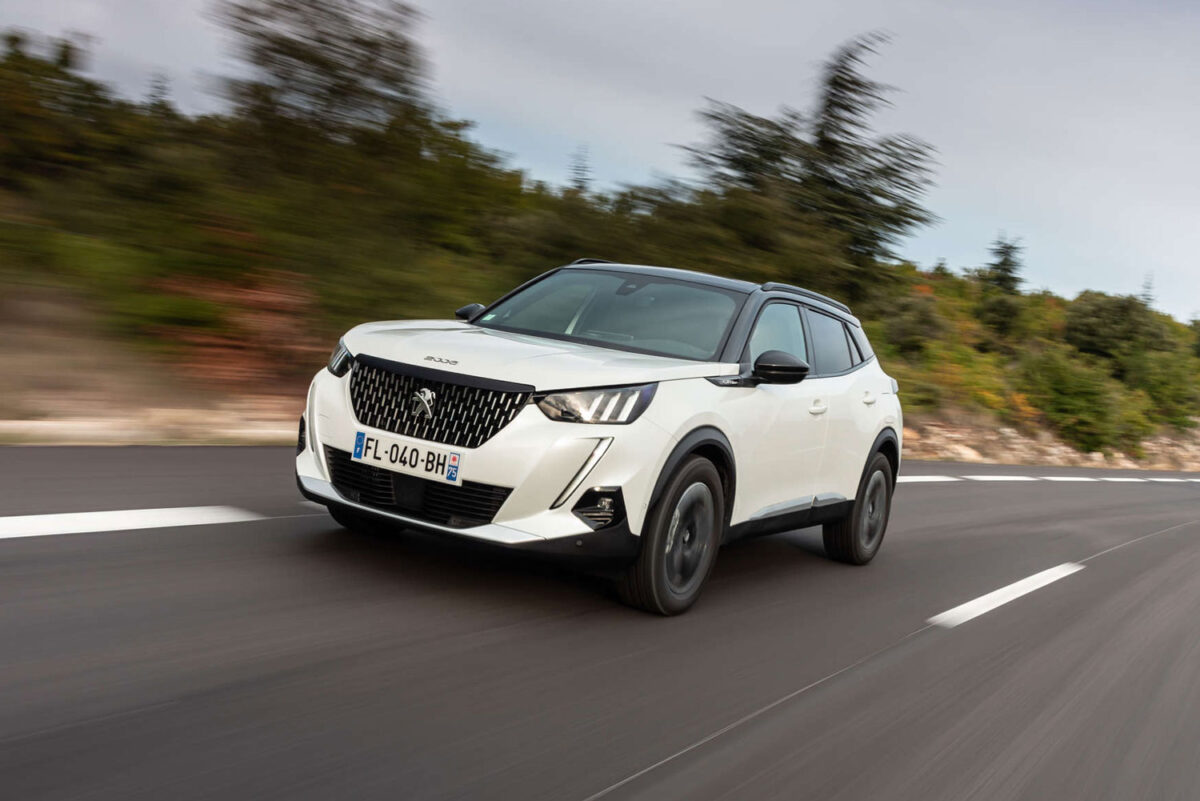
Fuel Economy: 6.1 – 6.5L/100km
Price: From $38,954 Driveaway
While Peugeot’s may have once been viewed as a real budget vehicle option, they are now a far more formidable competitor on the road – the 3008 is one of our outright favourite SUVs to be released in recent years. Styling has improved tenfold, causing the words ‘Peugeot’ and ‘good looking’ to now be used regularly in the same sentence.
That same thinking applies to the smaller 2008 SUV too. The most recent version of the Peugeot 2008 has received a much-needed overhaul, bringing it up to par with its larger siblings. This means it’s longer, wider and taller than its predecessor, making it a far more capable small SUV in the process.
The Peugeot 2008 is available in three trim levels in Australia: Allure, GT and GT Sport, all of which are powered by a 1.2-litre petrol engine. The GT Sport does give out the most power, however, and would be our pick if you can afford it (the Allure and GT share the same 96kW). With the base level Allure, you do get a good amount of equipment as standard, including keyless entry, reversing camera, automatic LED headlights and some safety aids.
The company’s i-Cockpit may divide buyers, however, with some feeling the steering wheel is too small and others thinking it works perfectly. The 3D dashboard is definitely cool (we’ll hear no argument to suggest otherwise) which sees the instrument cluster almost floating.
Cargo space is great for a car of this size, so you shouldn’t have much trouble getting everything you need into it for a weekend, or even a week, away.
Kia Seltos
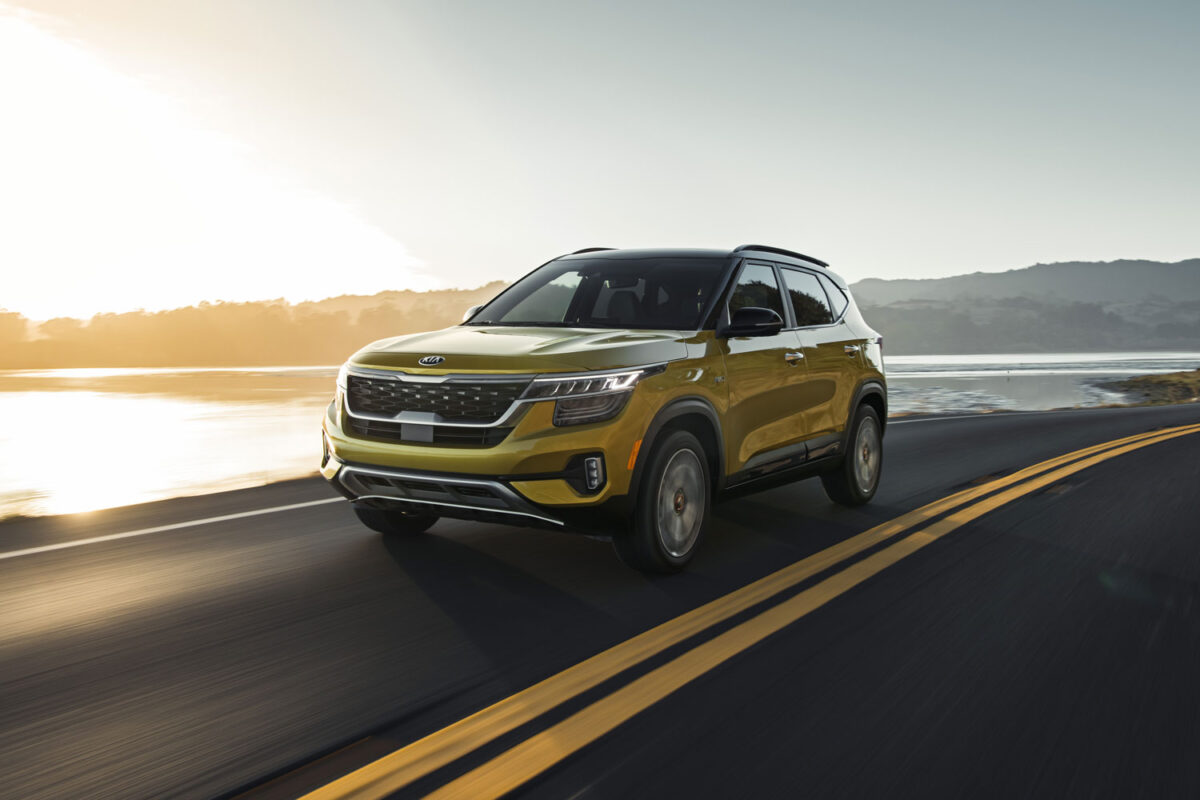
Fuel Economy: 6.8 – 7.6L/100km
Price: From $28,290 Driveaway
Kia is another car manufacturer that proves you shouldn’t necessarily fall back on the ‘safe’ options from Germany or Japan, as the South Korean carmaker has been churning out some incredible machines of late. The Seltos is a perfect example of that, being a small SUV with head-turning looks, a decent amount of kit as standard on the base model and a far more premium experience than you’d initially assume.
Being the guys we are, we’d opt for the Sport or GT trim levels, but if you settle for the S baseline model, you’ll still be well rewarded with the likes of Apple CarPlay/Android Auto, driver safety aids, a reversing camera and cruise control. If you want alloy wheels, then you’ll need to be looking at getting at least the Sport trim.
If you’re a petrolhead, you’ll likely want to steer clear of the Seltos, as it isn’t exactly the quickest thing on Australian roads. But if you live in the city, or you’re not bothered about how fast you get to your destination, there’s actually much to like. The actual driving experience is rather pleasant, with light steering but plenty of engagement from the wheels.
Where the Seltos can often trump its rivals is in the cargo space arena, with just under 500 litres to play with on the lower models (thanks to a space saving spare wheel). This decreases to 433 litres on the Sport, but you do get a full-size spare in return.
Toyota C-HR
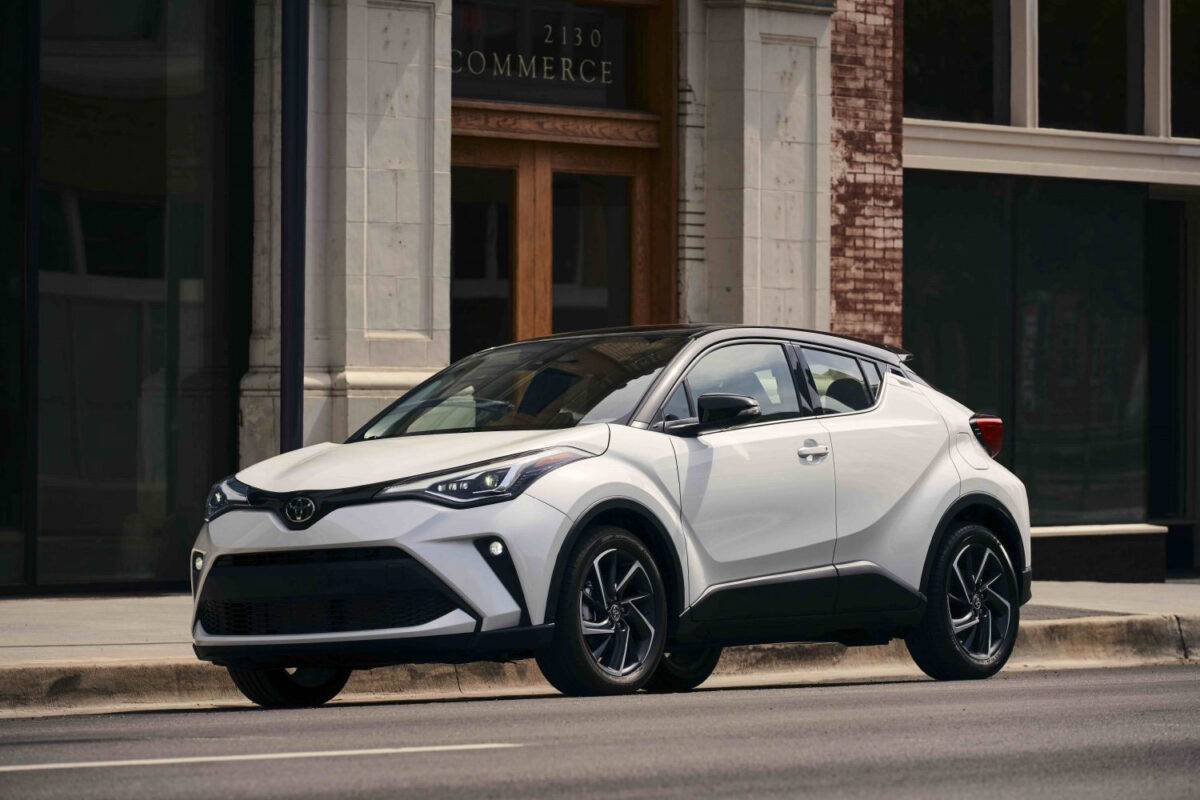
Fuel Economy: 4.3 – 6.6L/100km
Price: From $34,550 Driveaway
Riding high on the fact the RAV4 is the best-selling SUV in Australia, Japanese carmaker Toyota also has the C-HR (Coupe-High Rider) small SUV, which is targeted firmly at a younger audience. You only need to take a look at its rather more expressive styling to pick up on that fact.
As with its larger sibling, the C-HR is available in two-wheel-drive and four-wheel-drive variants, along with a choice of power units, including hybrid. There are three trim levels to choose from: GXL, Koba and GR Sport. The Koba and GR Sport are pretty well matched on paper (they even cost the same), but the Koba will appeal to those who value a bit of luxury in their vehicle, while the GR Sport, as its name suggest, is Toyota’s attempt at a ‘hot’ small SUV.
Standard equipment on the baseline GXL is great for the class, with dual-zone climate control, active cruise control, satellite navigation, parking sensors on both ends, alloy wheels and a reversing camera, to name but a few. The Koba and GR Sport do give you more in return for their higher pricing demand, but if you’re not able to go for either of these, you shouldn’t feel hard done by.
Space for rear passengers is pretty decent, but it must be said, the cargo space does fall short of some other cars on this list, with a maximum of 1,112-litres being available if you fold the rear seats down. Although, because you don’t get the intrusion of the wheel arches, the 300-odd litres you get with the rear seats up may not be so bad after all.
None of the C-HR trio are going to be what you might call ‘fast’, but economical they are most definitely. Despite the GR Sport gaining the ‘GR’ moniker, it seems to be just for show, rather than for outright performance.
Nevertheless, the Toyota C-HR is an exceptionally cool small SUV in Australia and one you should definitely go and take a look at if you’re wanting to buy into the segment.
Volvo XC40
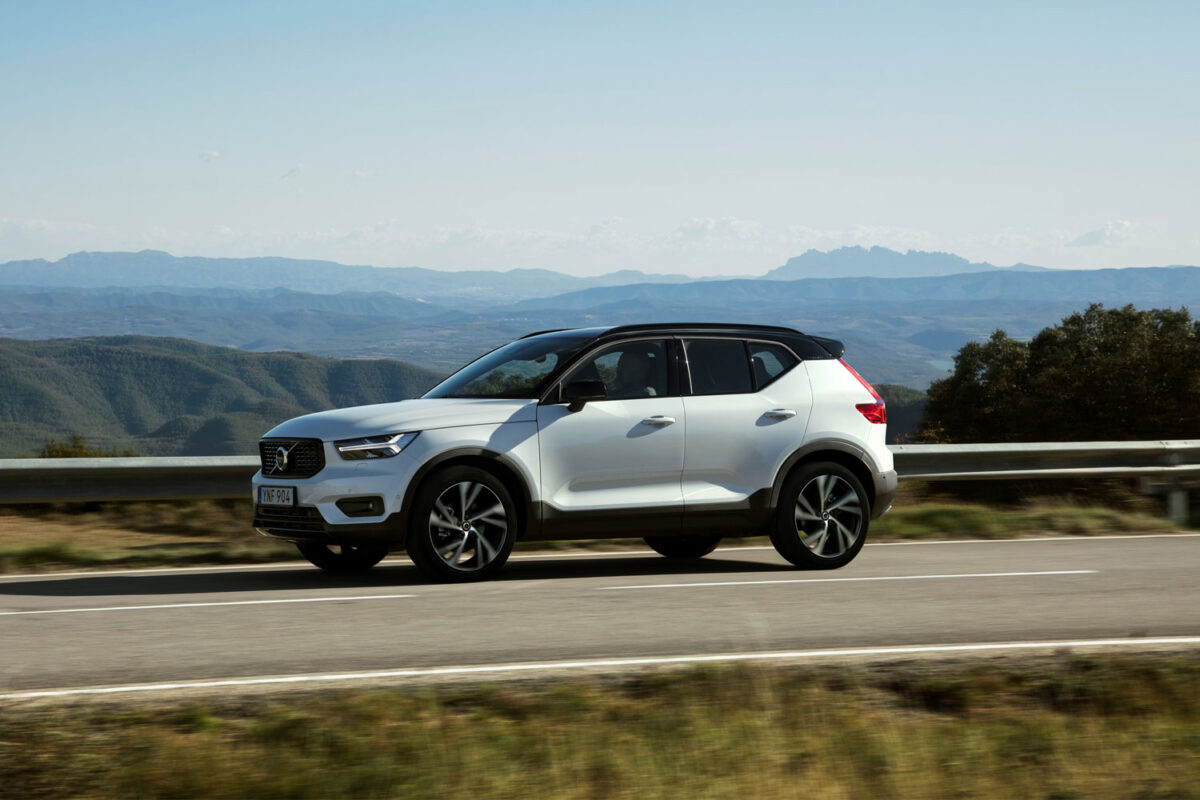
Fuel Economy (Petrol version): 7.7 – 8.0L/100km
Price: From $53,140 Driveaway
Volvo has been an absolute king in the SUV space in recent years, with the XC90 and XC60 both proving to be exceptional vehicles in their class, and the smaller XC40 SUV only continues that winning formula. It’s available in four variations: Momentum, Inscription and R-Design, all with petrol-powered engines, or the plug-in hybrid, or fully electric Recharge.
The Momentum and Inscription come with the Swedish company’s turbocharged T4 engine, delivering 187hp, while the R-Design gets the more potent, supercharged T5 delivering 248hp, and comes with four-wheel drive as the only option. We know which one we’d go for.
No matter which trim level you get, the interior is an incredibly comfortable and pleasant space to find yourself. In classic Scandinavian style, it’s all very minimalist, and we have to say, we love it. It’s incredibly functional and practical too, not least because you get a huge amount of space in the cargo area, but because Volvo has included other rather genius touches. These include a hook inside the glovebox to carry your takeout bags and a removable bin inside the centre console.
Volvo has long been known for its driver safety technology and it’s very much a similar case in the XC40. You do get a good suite of technologies as standard, such as automatic emergency braking, but there are still some others on the options list you may want to take a look at.
But, as an incredibly good-looking and practical vehicle, as well as being one that’s fun to drive, the Volvo XC40 is perhaps the best small SUV in Australia.
Volkswagen T-Cross
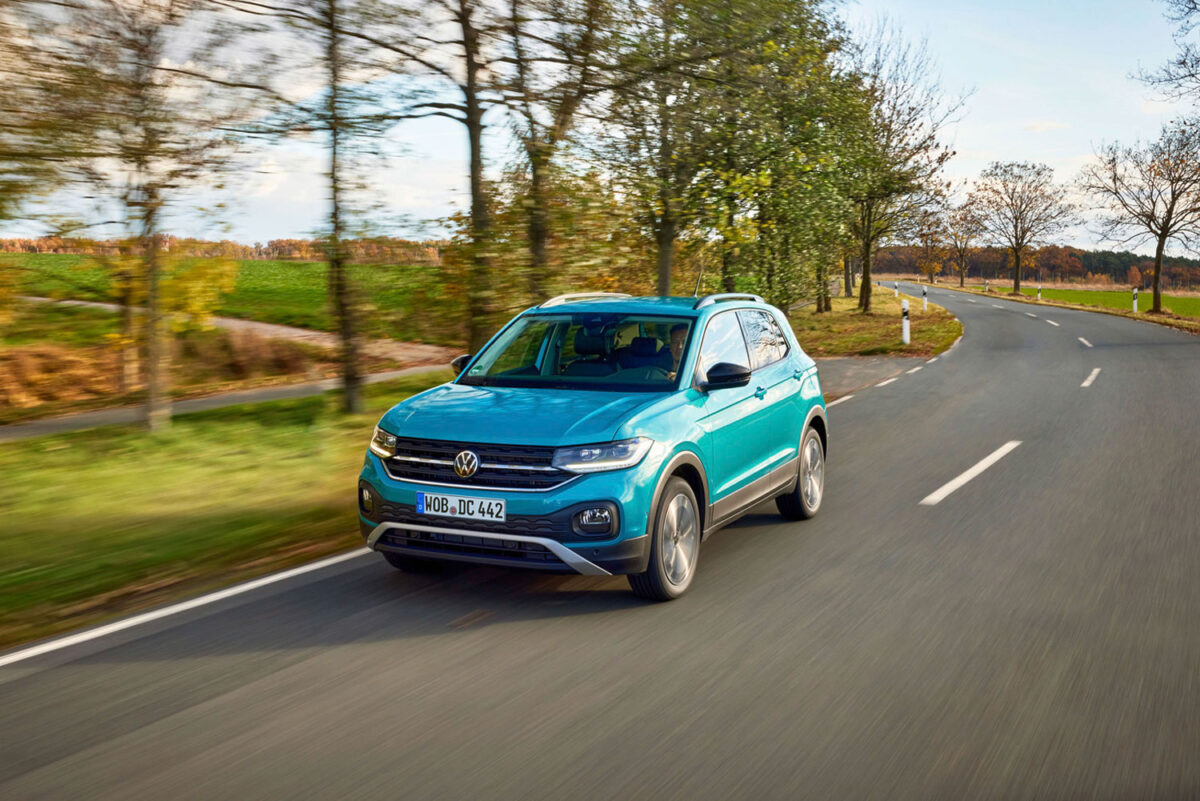
Fuel Economy: 5.4L/100km
Price: From $30,990 Driveaway
Volkswagen is no stranger to the SUV market, with the Touareg and the rather excellent Tiguan on its books. The T-Cross is the more compact SUV sibling in the lineup and is joined by the more expensive and faster T-Roc. In terms of styling at least, think of these two models like the Volkswagen version of the Audi Q3 and Q3 Sportback, respectively.
Australian buyers of this small SUV have a relatively simple choice, with just two models on offer: the 85TSI Life and 85TSI Style. Both get the same engine; a 1.0-litre three-cylinder turbocharged unit, which is mated with a seven-speed auto box. The Style, however, does get some extra goodies as standard over the Life, which is why you’ll need to pay around an extra $5,000 to drive one away (there are option packs available for the Life if you want to add some extra kit).
Realistically, the T-Cross will favour those who live in the city due to its rather lacklustre power output. However, that’s not to say it’s a bad car, far from it. The T-Cross manages to provide an incredible amount of space inside, is well-priced for what you receive and has some excellent safety features.
Inside it’s a rather premium experience, with soft-touch materials in places and nice finishes on others. Cargo space is good too, and the clever boffins at Volkswagen have incorporated a sliding mechanism into the rear seats so that they can move forward to allow for extra space in the back. With the rear seats down, you get a total of 1,465-litres of space, which is seriously impressive when you consider the size of the T-Cross.
Either variant of the T-Cross represents great value, but if you can, we’d recommend the Style, purely for the extra equipment you get. It also brings the option of upgrading to the R-Line package, which brings bigger alloy wheels and various aesthetic upgrades inside and out.
MG ZST
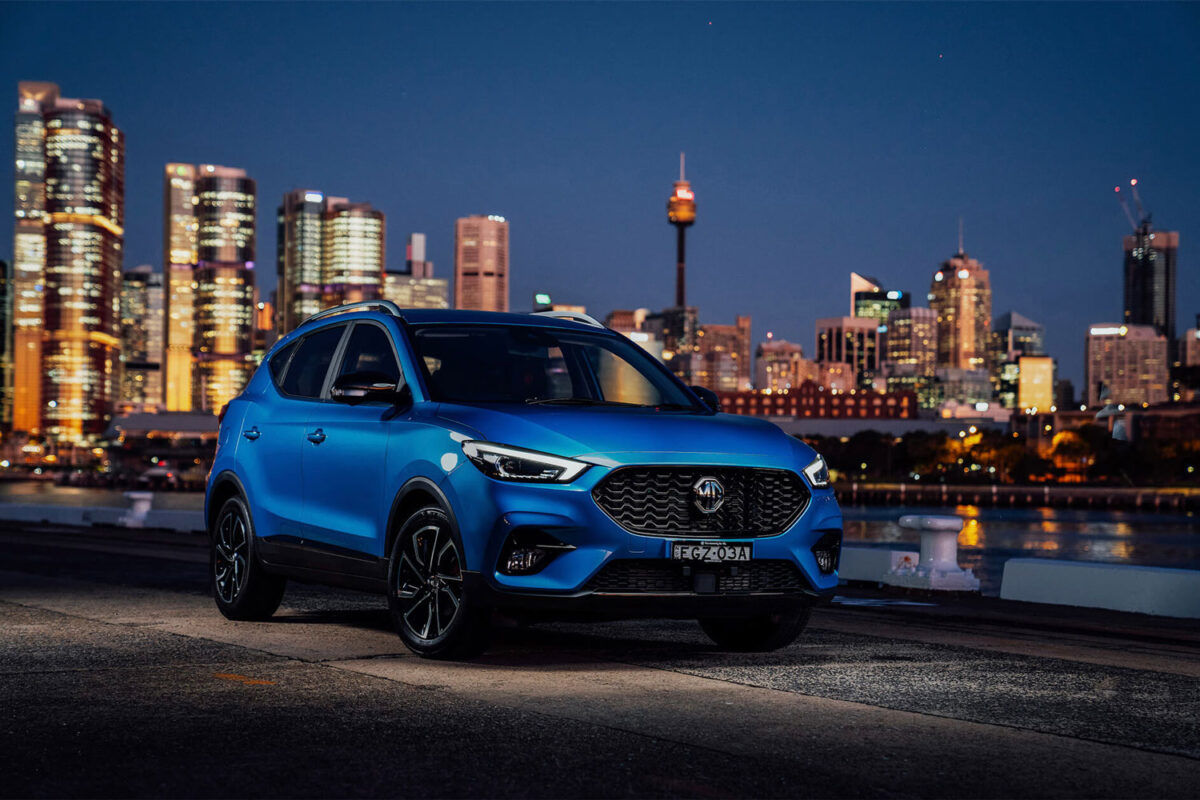
Fuel Economy: 8.9 – 9.2L/100km
Price: From $25,490 Driveaway
MG has slowly but surely been getting into the hearts and minds of the Australian consumer, with the ZS proving particularly popular since it launched in late 2017. Since then MG has introduced two new versions of the ZS, to be sold alongside the budget SUV hero. There’s the electric-powered ZS EV, which starts at $44,990 and the ZST, which takes the $22,000 ZS Excite platform and gives it new styling and a new powertrain.
While those two new models suddenly introduce some serious competition for MG, they certainly still offer plenty to whet your appetite and demand your consideration.
We’re going to focus on the ZST here, which is available in four different trim levels: Core, Vibe, Excite and the range-topping Essence. What you should notice right away is there isn’t much to separate the four in terms of styling, save for some different alloy wheels on each, and the Excite and Essence get black trim.
Inside you get slightly more premium materials compared to the budget ZS Excite, and a heavily updated selection of technology and gadgets. Space has improved too for passengers, although cargo space remains the same as the more wallet-friendly ZS at 359-litres.
As for the drive, there’s much to like again, with decent throttle response and a better suspension setup to make your journies that bit more comfortable. The ZST also receives MG’s ‘Pilot’ safety suite of driver safety technologies, with practically anything you can think you might need being included. Essentially, you’re going to feel safe when driving one.
The MG ZST is a cool small SUV and one that should definitely get people talking about the brand even more.